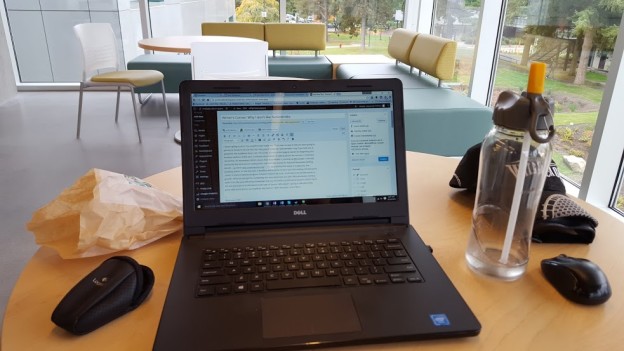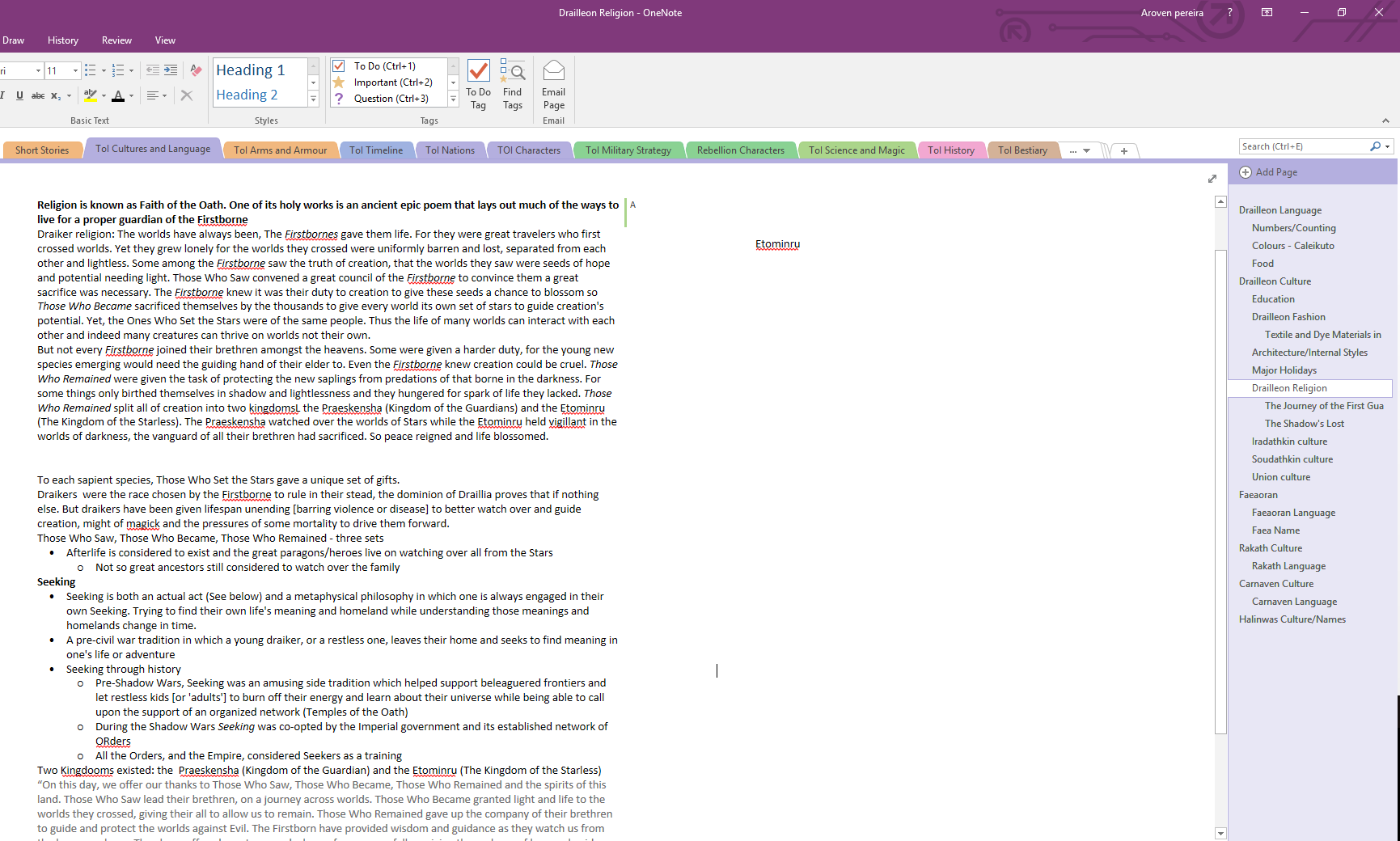With just about all of Podcast Lost in Space going on ice after this month while we try to see how to continue, I wanted to leave you with one of the easiest, simplest and most versatile recipes I have.
This recipe is really good for dealing with leftover steak or chicken, cleaning out veggies from a fridge or things like that. I’m going to list the common ingredients that I like in my mix so it’s Chicken Fajitas.
tsp = teaspoon
Tbsp = Tablespoon
lbs = Pounds
Mince = chop into very small pieces
Diced = You chop the thing into roughly square like shapes
Cubed = Actually what it says, cut the ingredients into rough cubes, much bigger than diced
Sliced = Cut into thin broad strips (usually circles)
Chopped = to cut into small pieces with repeated blows
Al Dente = Pasta and/or Vegetables, Rice or Beans that are cooked to be firm to the bite. – Another way to put it is that it’s cooked but not fully cooked
Simmer = stay just below the boiling point while being heated. (small occasional bubble)
Saute = cook with oil
Fold = Mix the ingredients by scooping the bottom of the mix onto the top of the mix.
Reserve = Hold on/Don’t discard. Usually a liquid that is normally considered waste.
Tools needed:
- 1-2 Large Fry Pan(s) w/ Lid
- Cutting board
- Chopping knife
- Pair of Plates or tortilla steamer
- Olive Oil
- Oven (if you want)
- Medium bowl (Microwave safe)
Ingredients
Stir Fry Mix
- 1 Bell Peppers (Cut into Thin Strips)
- 1 Large Onion (Chopped)
- 3 Carrots (Sliced)
- 2 Chicken Breasts
- 3+Tbsp Teryaki Sauce (To Taste)
- Salt (To Taste)
- Garlic Powder (To Taste)
- Oregano (To Taste)
Fajita
- Flour (or Corn) Tortillas
- 1 can of Re-fried Black Beans – I recommend getting black beans from the local Mexican store if you can.
- Shredded Cheese of your preference (I use cheddar)
- Shredded Lettuce (1 Bag of “salad” lettuce if you’re lazy)
Directions:
- Season the Chicken Breasts with Oregano, Salt and Garlic Powder
- You can either saute the chicken in the large fry pan, and cover it with the lid to help steam it or bake it if you so desire.
- The chicken doesn’t have to be full cooked but if you want it to be, it should be white all the way through and at 165 Degrees Fahrenheit, but it will be cooked more.
- Saute the onions until lightly golden brown and then add the rest of the vegetables.
- Season the vegetable mix with salt, oregano and garlic salt to taste. Saute for 1 minute.
- Add meat to the mix and add the Teriyaki sauce. Saute until vegetables are soft or the meat is fully cooked.
- While the stir fry is cooking, move the beans to the microwave safe bowl and microwave for three minutes.
- Heat up the Tortillas for 30 seconds in the microwave just before serving to help with folding. Use the plates as a base and lid or use the Tortilla steamer if you have it.
- Serve and Enjoy while warm!
Also for all of you, enjoy this how to on how to wrap a burrito. https://www.youtube.com/watch?v=ZiIq4OmUzMc



